The usual perspective on climate change focuses on its dramatic aspects, such as melting glaciers, rising sea levels, and extreme weather. However, climate change is also slowly altering some of our daily routines in ways that are not immediately noticeable as being linked to the warming of the planet. Here are 18 surprising ways in which climate change influences our daily lives, and the extent of its impact may be more significant than commonly perceived.
Food Prices are Rising

The impact of climate change makes it harder to grow food. Crop yields are decreasing globally because of droughts, floods, and extreme weather conditions. Consequently, the prices of essential food items like wheat, rice, and corn are rising. As a result, families, especially those with lower incomes, face increased pressure on food expenses.
Allergies are Getting Worse
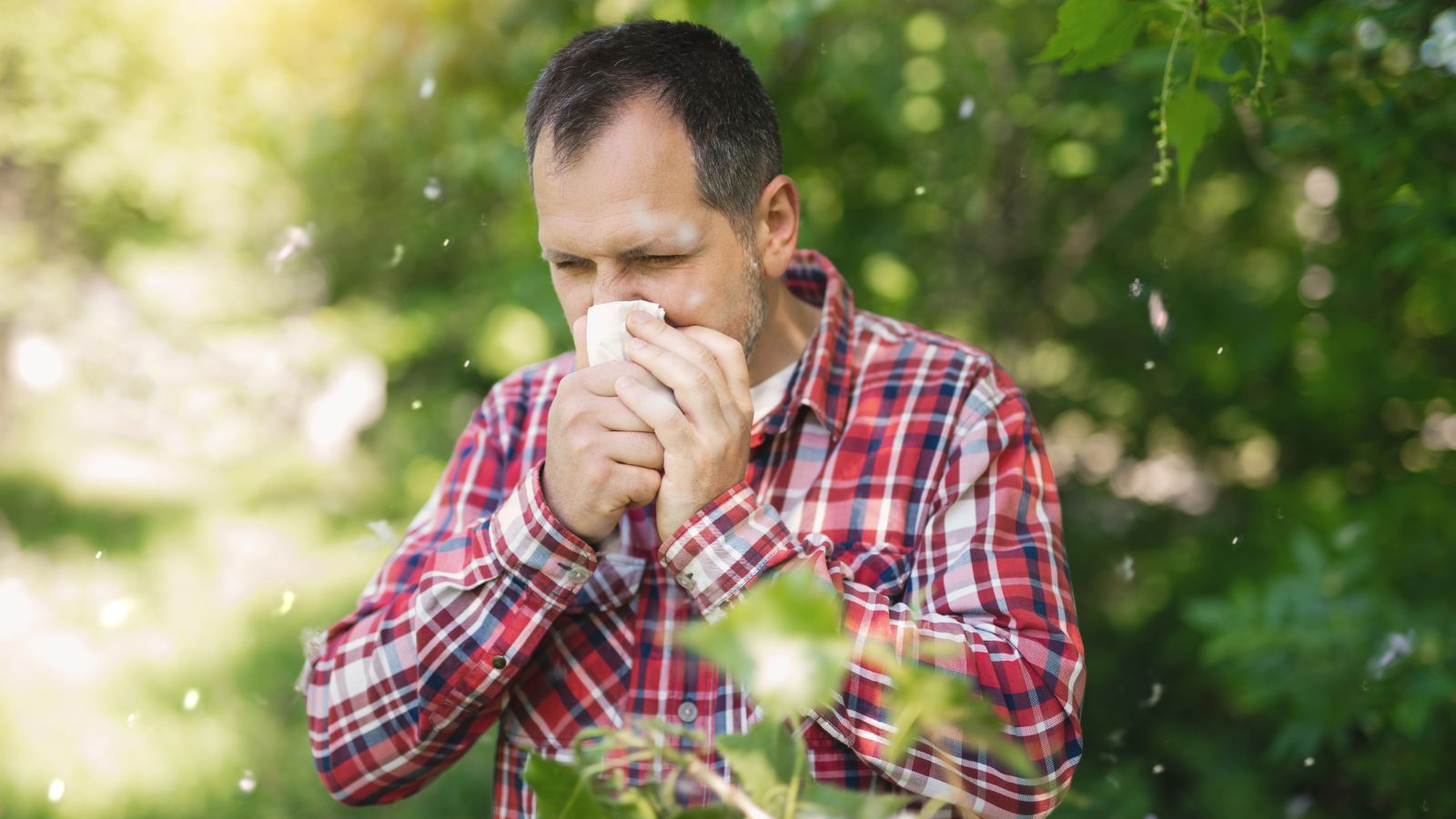
Are you experiencing heightened allergy symptoms? Climate change is attributed to the extended pollen season for plants such as ragweed. As the planet warms and ice caps melt, plants release more pollen or, in some cases, discharge pollen when they didn’t before.
The Air Quality is Declining
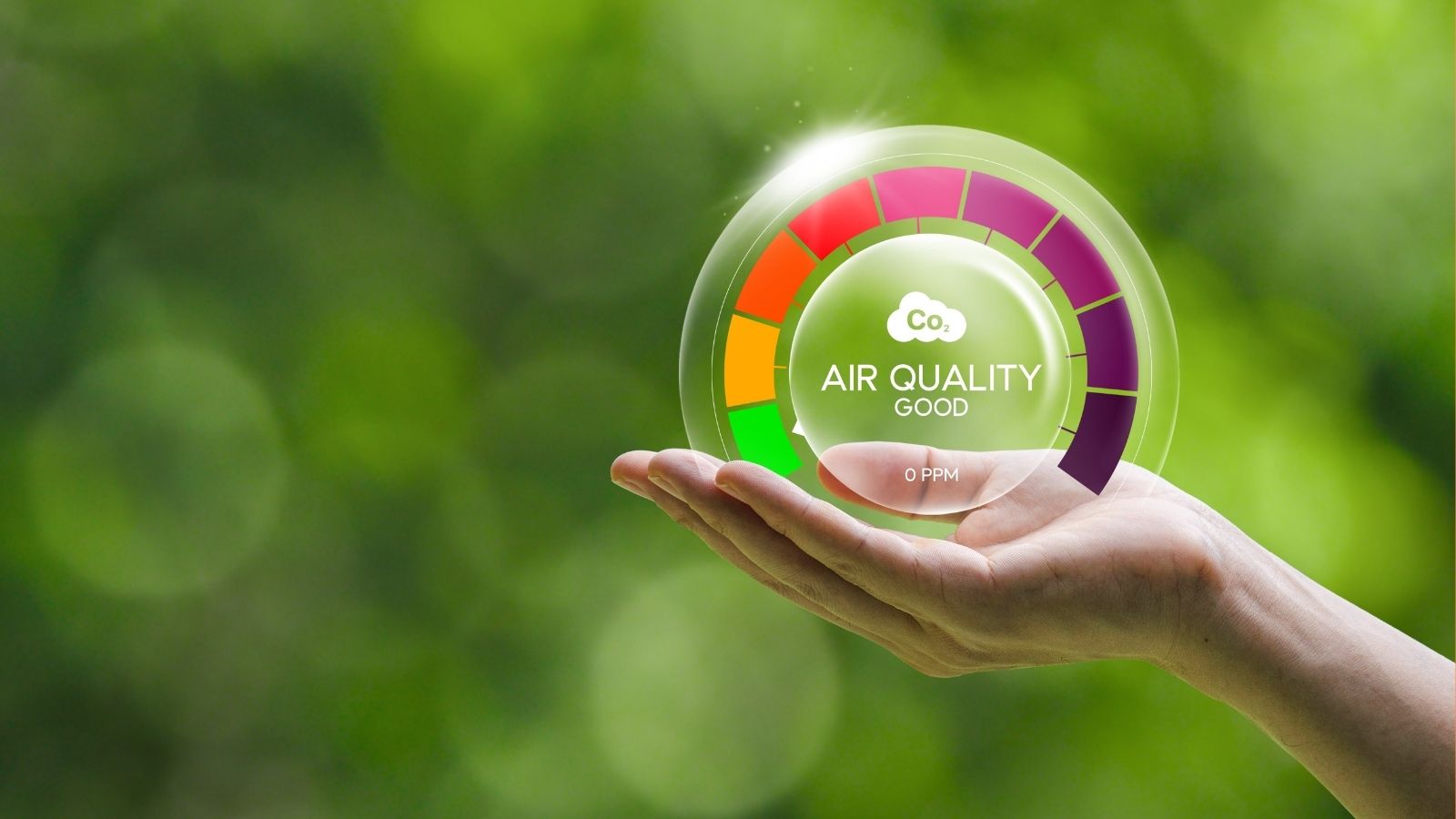
The rise in global temperatures can be attributed to carbon emissions from industrial and commercial activities and wildfires. These carbon emissions release harmful pollutants and smoke into the air, posing breathing challenges for individuals with asthma and respiratory conditions.
Water is becoming scarcer

Droughts are causing water scarcity in many parts of the world due to climate change. Even in regions that are not adventurously thirsty, hot temperatures and less rainfall reduce freshwater supplies. This impacts everything from the drinking water supplies to agriculture and energy generation.
Energy Bills are Increasing

More cooling for the summer — as temperatures rise, so does energy used to keep homes cool in SUMMER. Simply put, this isn’t all that great for your bills. This results in higher heating bills as winters get colder and harsher. In addition, there is an increase in the severity and duration of extreme weather events, leading to the failure of critical power-related infrastructure.
Insurance Costs Are Going Up

Hurricanes, floods, and wildfires are frequently recurring natural disasters that climate change is making more severe. As these incidents increase, insurers are hiking subscription rates to defray ever-higher damage costs. The increasingly volatile weather is even making it difficult to get insurance in some areas.
Changing Travel Plans
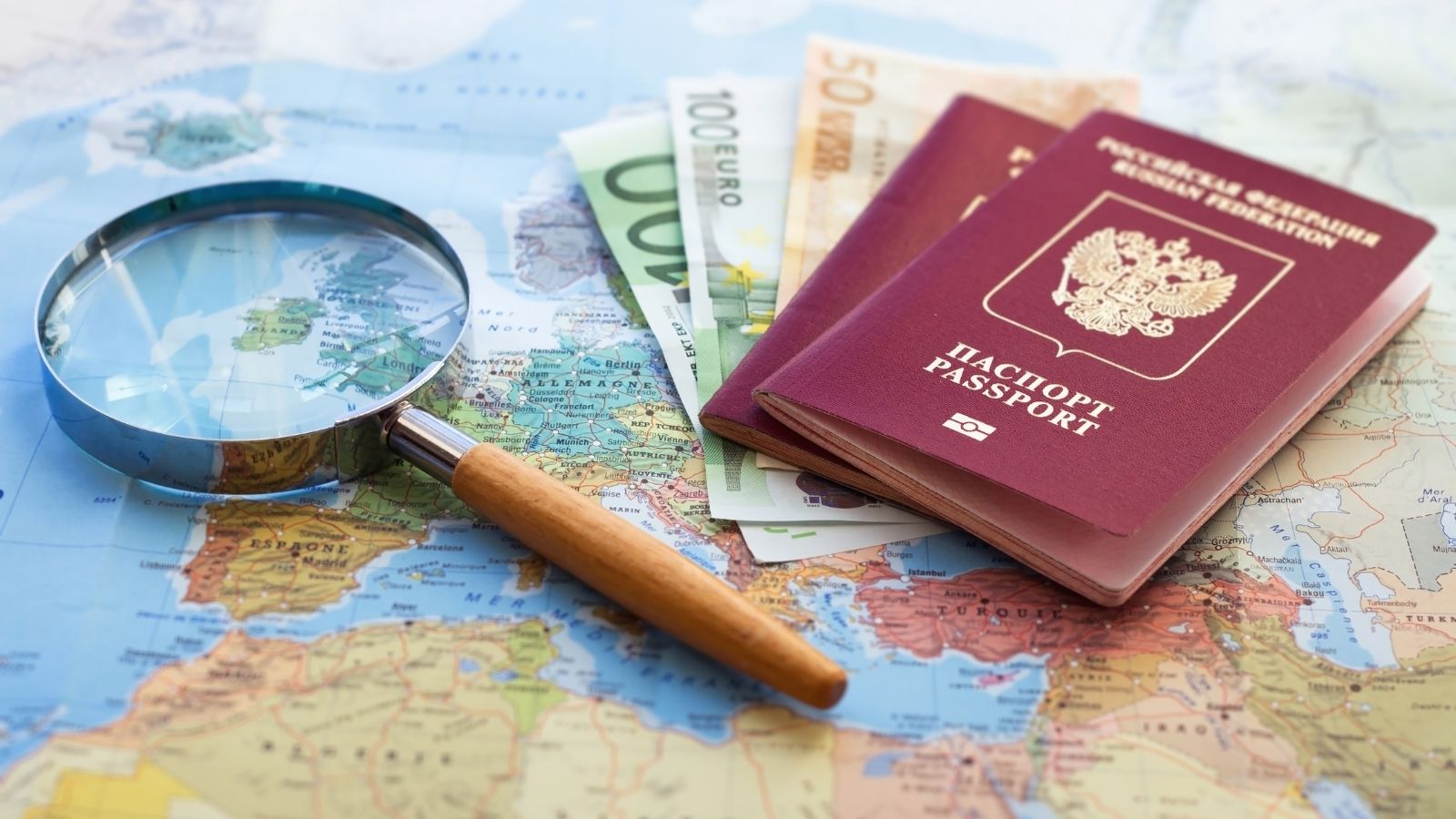
Occasionally, they interrupt travel plans. Sometimes, a hurricane or snowstorm causes flights to be delayed and canceled. Also, increasing sea levels threaten places on coastlines, and significant heat or disaster is just another place you may not wish to go.
Wildlife Is Disappearing
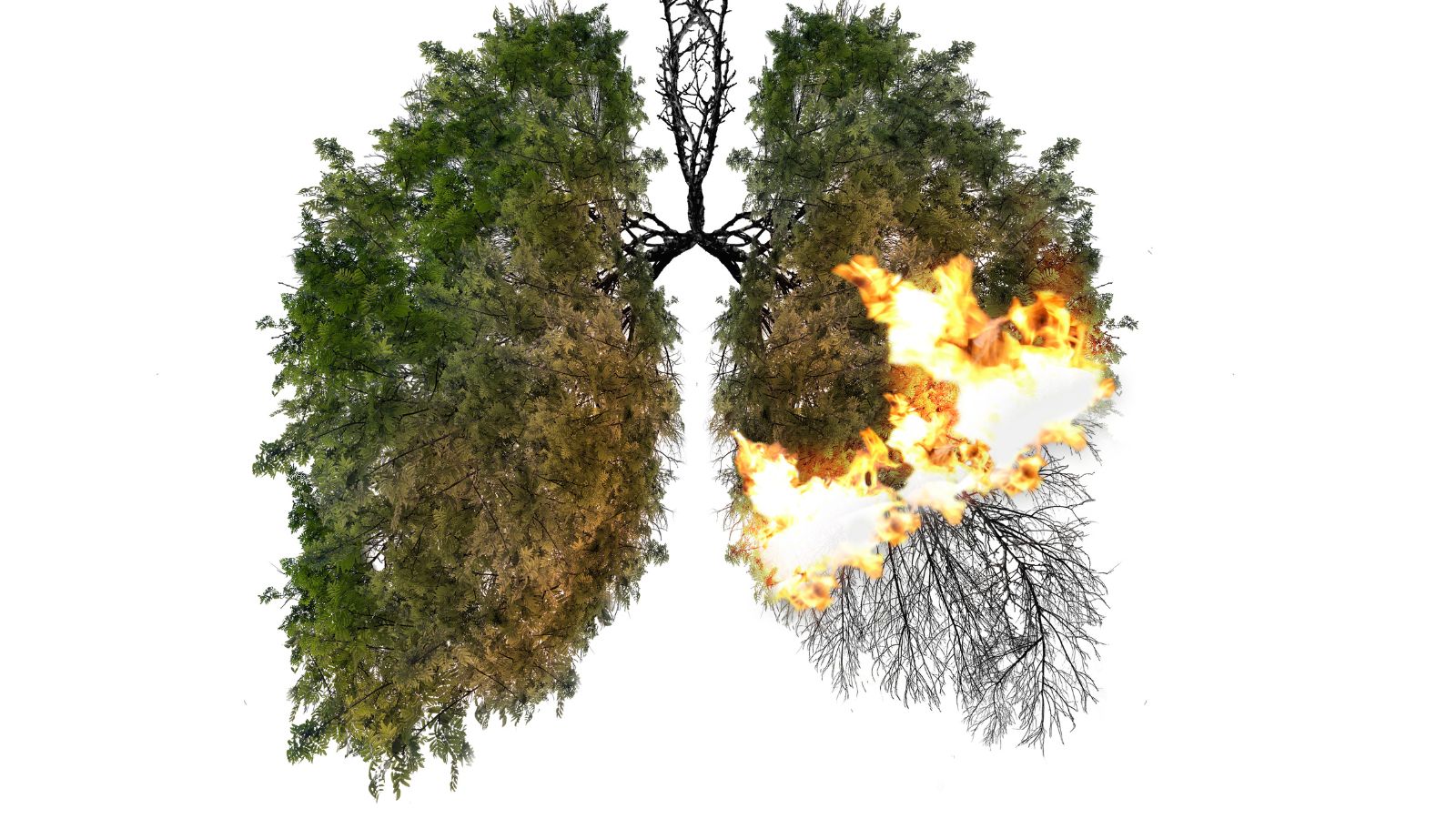
Climate change has led to a survival crisis for so many animals and plants. Although cooler areas are becoming more welcoming to some species as temperatures increase, many populations cannot adapt fast enough. This lowers biodiversity, affecting ecosystems, commercial fisheries, and tourism.
Increased Risk of Diseases

Diseases are rife, and climate change is aiding its extension. Mosquitoes and other disease-carrying pests that spread malaria, dengue fever, or Lyme Disease are spreading as temperatures rise at warmer latitudes.
More Frequent and Intense Storms
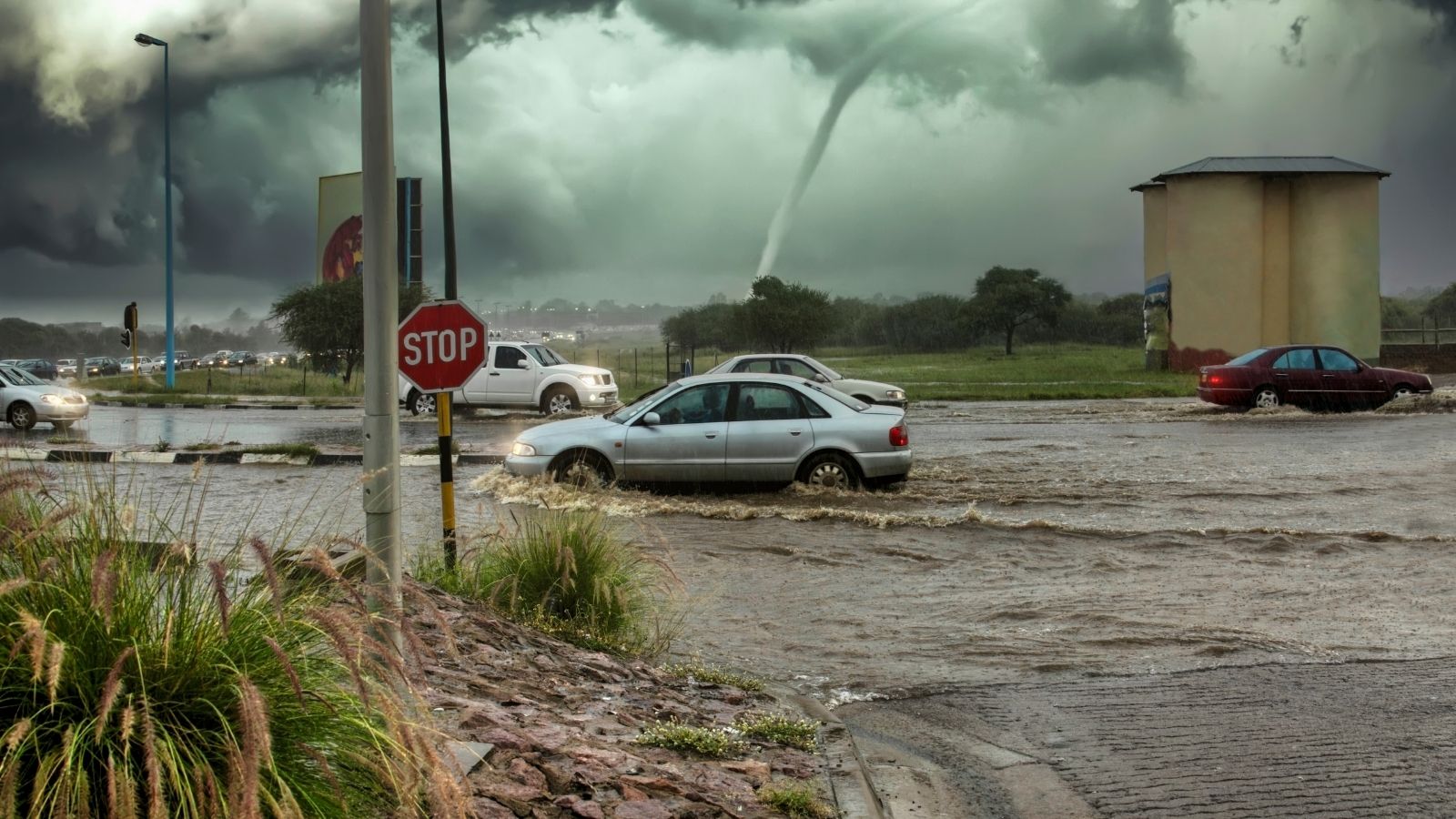
Storms are increasing in frequency and intensity as the climate warms. This is not a shocker; hurricanes are more powerful, and floods happen too often. It is remarkably inconvenient and economically costly, killing people in large numbers.
Ocean Acidification
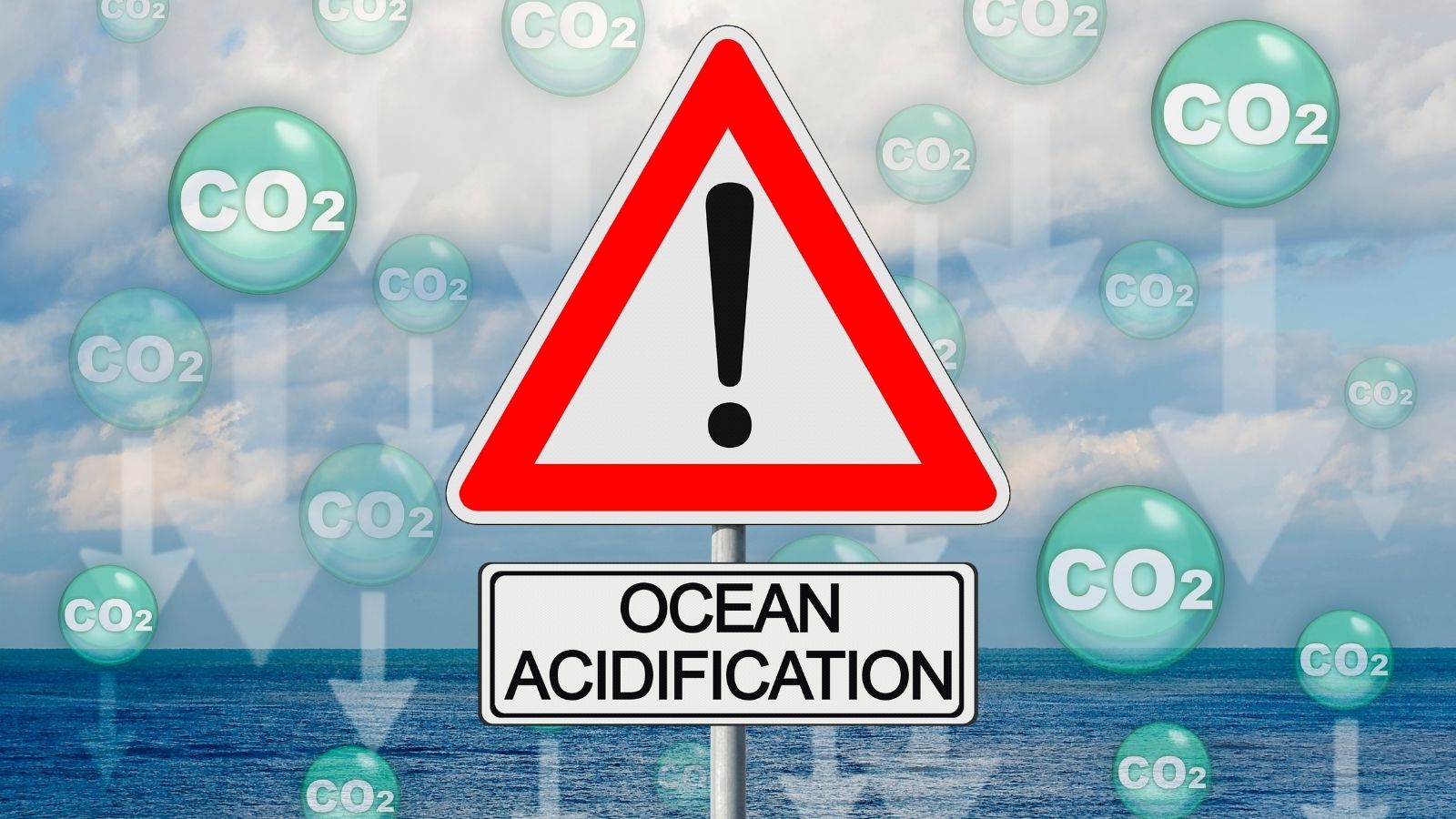
The oceans sequester much of the atmospheric carbon dioxide. As CO2 levels increase, the ocean becomes more acidic. This is bad for marine life, specifically corals and shellfish that need calcium to create skeletons or shells. Recovery from the decline of these species ripples throughout the oceanic food web, including the fish we eat.
Less Enjoyable Outdoor Activities

Due to climate change, some outdoor recreational activities are now hazardous or less appealing. Winter temperatures are dropping, and ski and snowboarding seasons have steadily decreased. For instance, brutal heat during the summer may make hiking less enjoyable and even scary at times. The same can be said for running or playing sports.
Impact on Mental Health

Climate anxiety can have serious effects on mental health, and the pressure to do something about it? Natural disasters cause emotional trauma, anxiety, and depression in people in the communities where they occur. Whenever a new natural disaster occurs or when you feel trapped by an unseen force that seems undefeatable, it’s possible to feel hopeless.
Changing Fashion Trends

It is important to adjust fashion to match the shifting weather patterns. With less harsh winters, there’s a reduced need for heavy coats and boots, while hotter summers call for lighter fabrics to stay cool. Fashion companies are beginning to consider sustainability in response to consumers’ growing awareness of the environmental impact of their clothing choices.
Shifts in Agricultural Practices
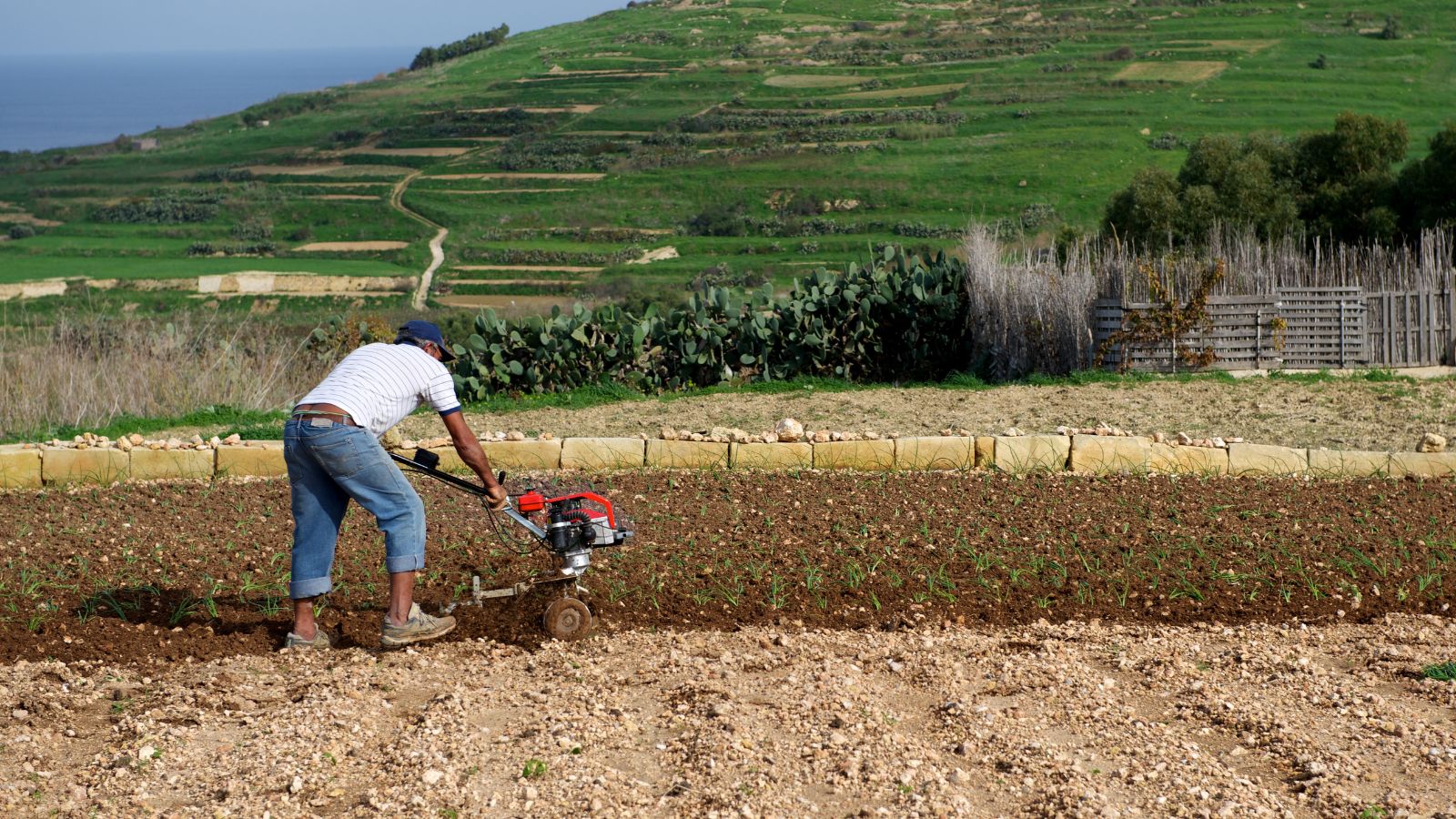
These new crops force farmers to change. A few are converting to drought-tolerant crops, while some farmers are sowing and reaping at different times of year with the novel climate in mind. These changes may influence the availability and cost of some foods.
Rising Sea Levels
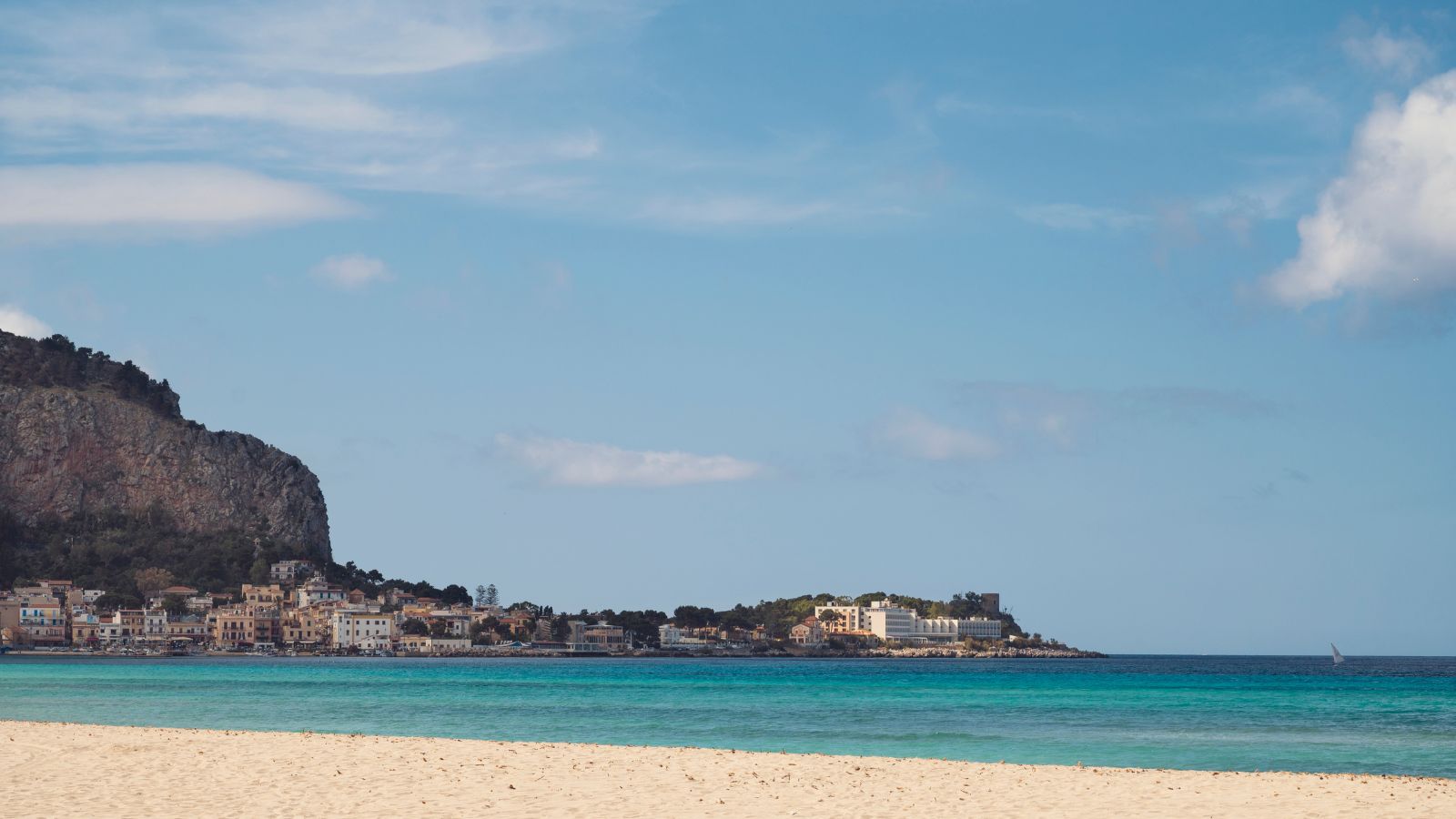
The issue isn’t isolated to distant coastal areas; it can affect anyone residing in coastal areas. Elevated sea levels can also contribute to coastal erosion and introduce saltwater, potentially contaminating freshwater sources. Higher temperatures may lead to increased costs for water treatment and displacement of certain communities.
More Expensive Coffee

Ah, coffee—something we all rely on every day. However, climate change is putting coffee production areas at risk. Greater humidity and extreme temperatures associated with climate change also stunt the growth of coffee beans, as these are only robust under certain conditions.
New Types of Jobs

There are multiple issues with climate change, but one silver lining is that we will see an entirely new category of jobs spawning out of this. With the world moving to renewable energy and sustainable practices, the demand for workers in solar power, wind farms, and environmental science is increasing. This is creating new routes into industries that are fighting climate change.
Conclusion

Climate change is changing the way we live everyday life. With these effects magnifying, it is important to do something about them — primarily through our own behavior choices but also on the community if we work together and influence policy. Understanding what climate change means will better prepare us for the future.
5 Canadian Provinces Predicted to Thrive in the Next Economic Boom
 To thrive in an economic boom, a region needs good infrastructure, talented people, government policies that support growth and uplift the economy, and a culture of entrepreneurship. Often, the demography can also be a significant indicator of a region’s economy in the next few years. Although reports may vary on which regions will perform the best economically, certain regions come up on every list. Here are 5 Canadian provinces predicted to thrive in the next economic boom:
To thrive in an economic boom, a region needs good infrastructure, talented people, government policies that support growth and uplift the economy, and a culture of entrepreneurship. Often, the demography can also be a significant indicator of a region’s economy in the next few years. Although reports may vary on which regions will perform the best economically, certain regions come up on every list. Here are 5 Canadian provinces predicted to thrive in the next economic boom:
5 Canadian Provinces Predicted to Thrive in the Next Economic Boom
